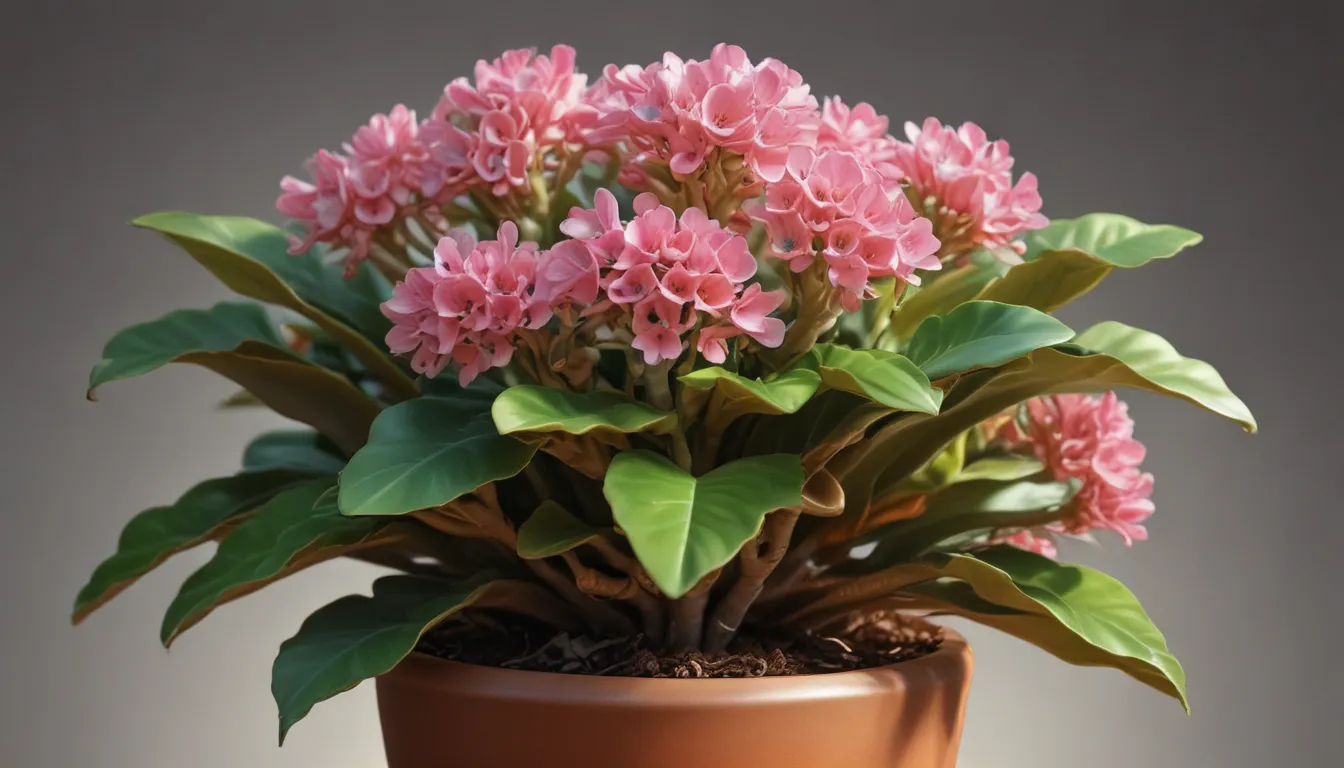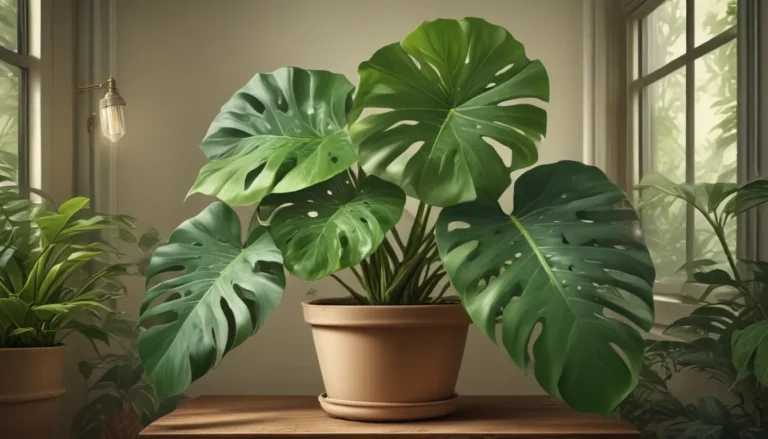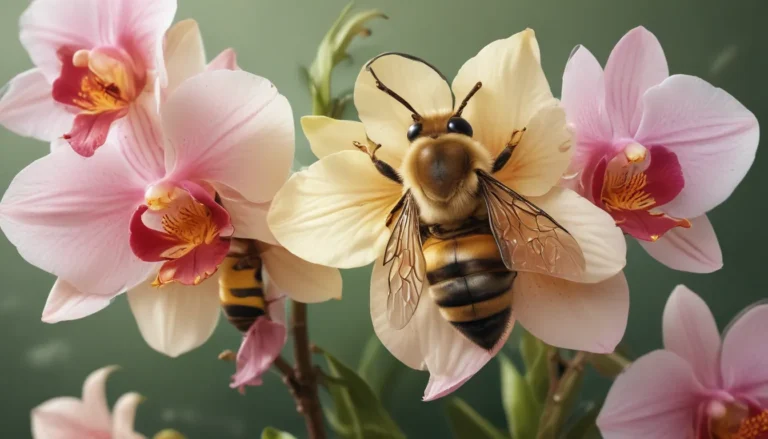The pictures we use in our articles might not show exactly what the words say. We choose these pictures to make you interested in reading more. The pictures work together with the words but don’t take their place. The words still tell you the important facts.
Are you ready to embark on a journey into the enchanting world of Kalanchoe, the beloved "Mother of Thousands"? This captivating succulent, originating from Madagascar and other African regions, has stolen the hearts of plant enthusiasts worldwide. Its thick, fleshy leaves and vibrant, long-lasting flowers make it a true gem in any garden or indoor space.
But did you know that there's more to Kalanchoe than meets the eye? In this article, we will uncover 15 surprising facts about this resilient plant that will not only broaden your understanding but also deepen your admiration for its unique qualities. From its medicinal properties to its cultural significance, Kalanchoe continues to amaze and inspire in countless ways.
Unveiling the Mysteries of Kalanchoe
-
Kalanchoe is a succulent plant: One of the most distinguishable features of Kalanchoe is its succulent nature, with thick, fleshy leaves that store water to survive in arid conditions. This adaptation makes it an excellent choice for those looking for low-maintenance plants with striking visual appeal.
-
Over 200 species of Kalanchoe: Delving into the world of Kalanchoe unveils a treasure trove of diversity, with over 200 known species offering a wide array of shapes, sizes, and colors. From the popular Kalanchoe blossfeldiana to the stunning Kalanchoe thyrsiflora, each species brings its own unique charm to the botanical table.
-
Medicinal properties of Kalanchoe: For centuries, various species of Kalanchoe have been valued for their medicinal properties. Some contain compounds with antimicrobial, anti-inflammatory, and analgesic effects, making them valuable assets in traditional medicine practices.
-
Survivor in harsh conditions: Kalanchoe's resilience shines through in its ability to thrive in challenging environments where other plants may struggle. Its tolerance for drought, heat, and poor soil conditions make it a versatile and hardy choice for both indoor and outdoor gardens.
-
A kaleidoscope of colorful blooms: Step into a world of vibrant hues with Kalanchoe's dazzling array of flower colors, ranging from shades of red and pink to orange, yellow, and white. These colorful blooms bring joy and beauty to any garden or floral arrangement.
-
Easy propagation: For the green-thumbed enthusiasts, Kalanchoe offers the gift of easy propagation through leaf or stem cuttings. This simple process allows gardeners to multiply their plant collection and share the Kalanchoe love with others effortlessly.
-
Adored as a houseplant: With its attractive appearance and minimal care requirements, it's no surprise that Kalanchoe has become a beloved choice for houseplant enthusiasts. Adding a touch of greenery and color to indoor spaces, it brightens up any room with its presence.
The Versatility and Charm of Kalanchoe
-
Seasonal blooms: Many species of Kalanchoe delight us with their blooming spectacle during the winter and spring months, injecting bursts of color and cheer into our gardens and surroundings when we need it most.
-
Varied sizes: From petite and compact varieties to tall, upright specimens, Kalanchoe plants offer a range of sizes to cater to diverse preferences and settings. This diversity allows for creativity in garden displays and design choices.
-
Cultural significance: In various cultures, Kalanchoe holds symbolic meanings that add depth to its allure. In Chinese culture, for example, it symbolizes good luck and prosperity, making it a cherished gift during auspicious occasions like the Lunar New Year.
-
Edible delights: Surprise your taste buds with certain species of Kalanchoe, such as Kalanchoe blossfeldiana, which boast edible leaves and flowers. Whether used in salads, garnishes, or brewed into tea, Kalanchoe adds a unique culinary experience to your repertoire.
-
Air-purifying prowess: Studies have shown that Kalanchoe plants contribute to indoor air quality by filtering toxins and releasing oxygen, promoting a healthier living environment for you and your loved ones. Embrace the natural air-purifying qualities of Kalanchoe in your home.
-
Pet-friendly appeal: For pet owners, the good news is that most species of Kalanchoe are non-toxic to pets, offering peace of mind when incorporating these plants into your pet-friendly spaces. However, always do your research to ensure the safety of your furry companions.
-
Traditional medicine uses: Beyond its ornamental and culinary uses, Kalanchoe has a rich history in traditional medicinal practices, treating a range of ailments such as burns, wounds, inflammation, and respiratory conditions. Consult a healthcare professional before utilizing Kalanchoe for medicinal purposes.
-
Natural dye source: Unleash your creative spirit with Kalanchoe's potential as a natural dye source. The leaves and flowers of select species can be used to create vibrant natural dyes for artistic and craft projects, adding a touch of eco-friendly beauty to your creations.
Embrace the Wonders of Kalanchoe in Your Life
In conclusion, Kalanchoe stands tall as a versatile and captivating plant with a myriad of surprising facts waiting to be discovered. Whether you're a seasoned gardener or simply appreciative of nature's wonders, Kalanchoe's allure knows no bounds. Dive into the world of Kalanchoe and let its beauty and versatility enchant you with every leaf and bloom.
FAQs about Kalanchoe
Q: Can Kalanchoe be grown indoors?
A: Yes, Kalanchoe thrives in well-draining soil and bright indirect light, making it an ideal indoor companion.
Q: Does Kalanchoe have any medicinal properties?
A: Yes, certain species of Kalanchoe have been used in traditional medicine to address various health concerns like coughs, inflammation, and skin conditions.
Q: How often should I water my Kalanchoe plant?
A: Kalanchoe plants prefer to dry out slightly between waterings, so water thoroughly and allow the soil to dry before the next watering.
Q: How can I propagate Kalanchoe?
A: Propagating Kalanchoe is a breeze with leaf or stem cuttings. Simply place the cutting in well-draining soil, keep it moist, and watch new roots emerge.
Q: Can Kalanchoe withstand cold temperatures?
A: While Kalanchoe is resilient, most species cannot tolerate frost or extreme cold. Keep them indoors or provide protection during winter to ensure their well-being.
Journey alongside Kalanchoe and uncover the mysteries that lie within this remarkable succulent. With each new fact unearthed, your appreciation for this resilient plant will only grow, propelled by the endless wonders that Kalanchoe has to offer. Let Kalanchoe's fascinating allure enrich your botanical journey and inspire you to embrace the beauty of nature in all its splendid forms.






